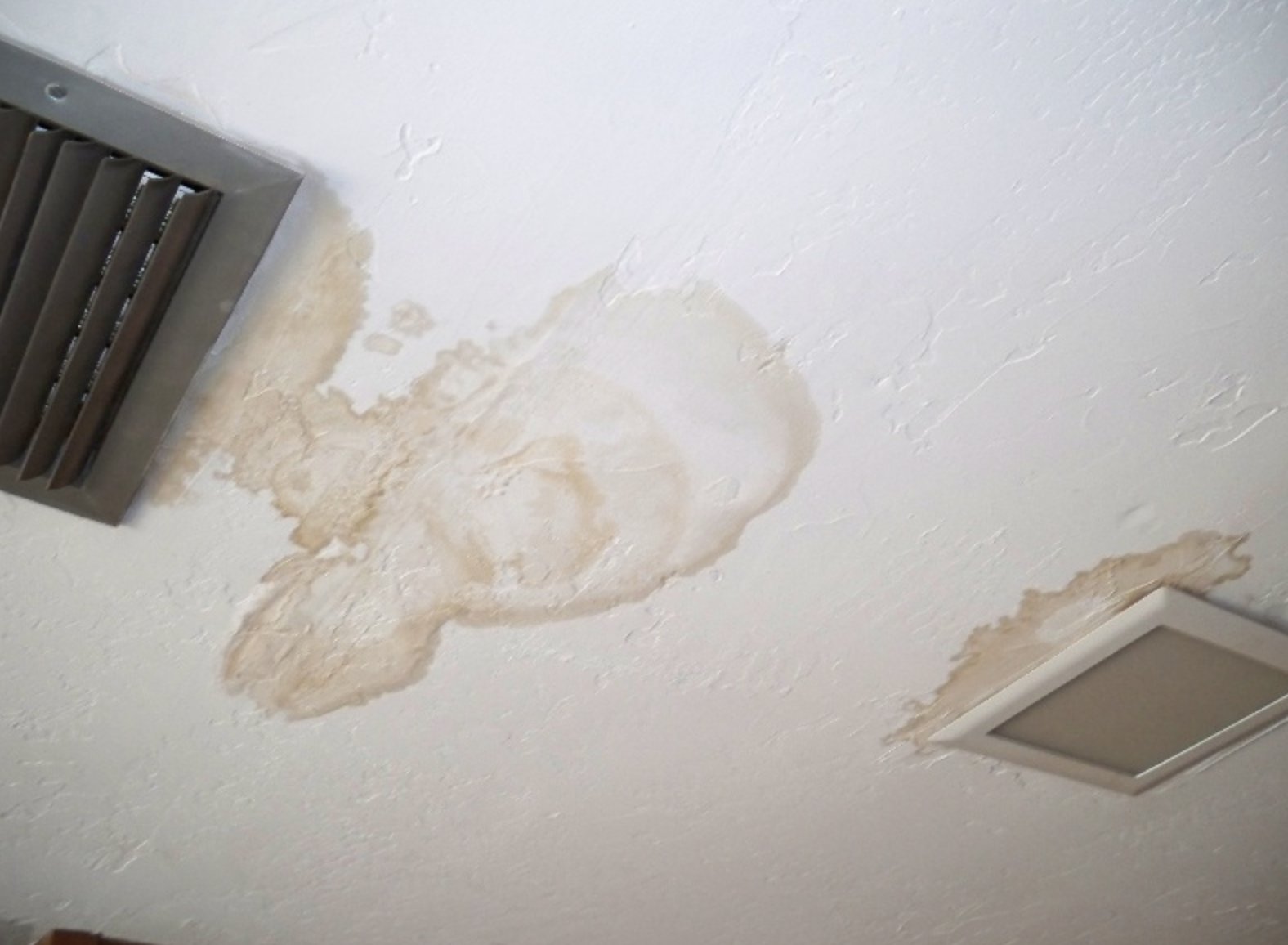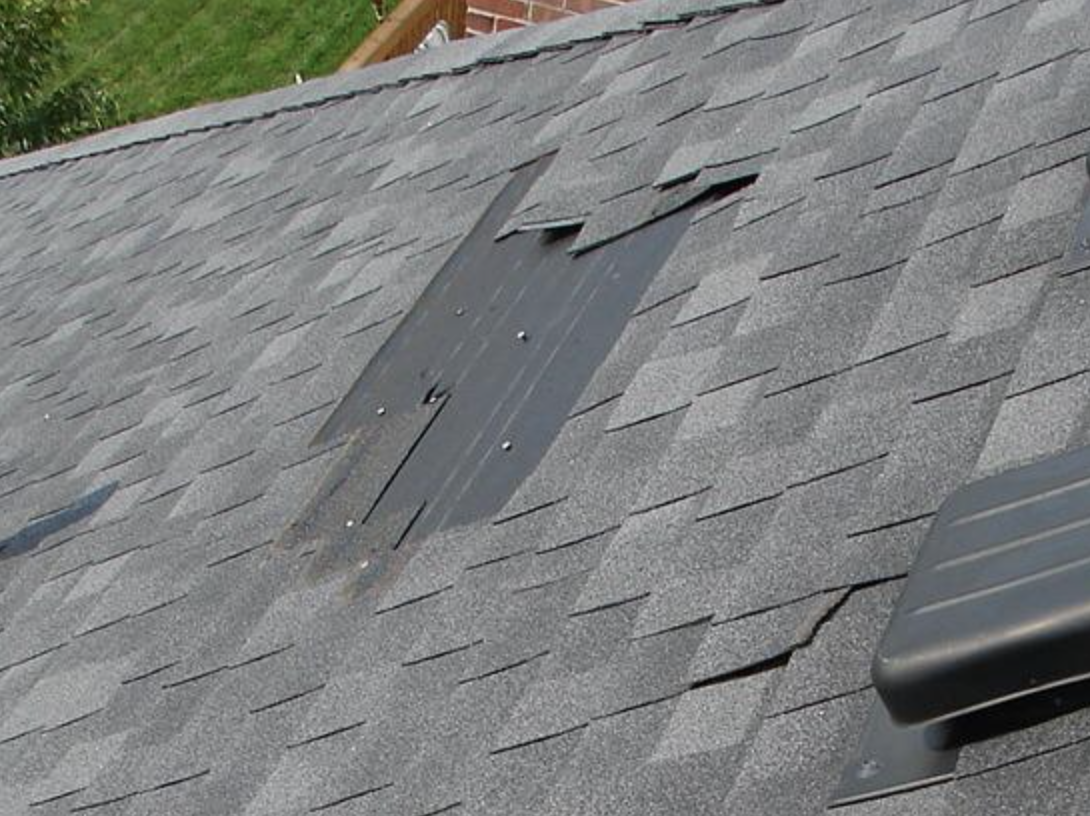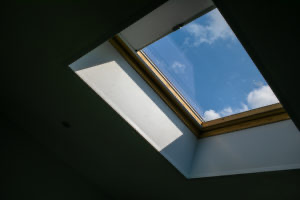Your roof’s purpose is to protect your house against the wild elements of winter. There are steps you can take to prevent the damage done by snow, wind, and hail storms in the cold winter months. But sometimes, there’s only so much you can do to try and be prepared for whatever nature throws your way. Let’s talk about what you can do to prevent damage to your roof and what you should do if you do end up facing weather-related roof disasters.
4 Types of Typical Winter Damage You Might Expect to See
1. Wind Damage

2. Condensation

3. Skylight Leaks
A skylight is a beautiful way to add more natural light to your home, but sometimes, when skylight windows are not well maintained, you’ll have more than just sunlight coming in. Winter weather can lead to damaged skylights. Melting snow can waterlog and weaken the surrounding flashing to create mini leaks around the edges of a skylight. Weather can sometimes even lead to mold growth or cracks in the skylight. To prevent skylight leakages, make sure you are conducting annual roof inspections, and taking care of general skylight maintenance too.
4. Gutters and Downspout Damage
Since gutters exist on the outside edges of your home, they are extremely exposed to the effects of weather. As these age through rain, snow, and wind, be sure to notice the shape of your gutters– they will start to warp and sag the longer they live. Most gutter cleaning companies recommend a gutter cleaning and check-up twice a year to keep the drainage system in tip-top working order. Another tip for preventing gutter and downspout damage is clearing away overhanging branches and foliage if you live in a tree-heavy area. Gutters and downspouts can easily get clogged with branches and leaves, leading to more water blockages and potential pooling of rainwater on your roof.
How to Get Started in the Repair Process
There’s only so much you can do to prevent damage to your home, and sometimes, accidents just happen! If you run into any issues with your roof this winter, contact CoMitted 365 for estimates and insurance help – and roofing expertise.




